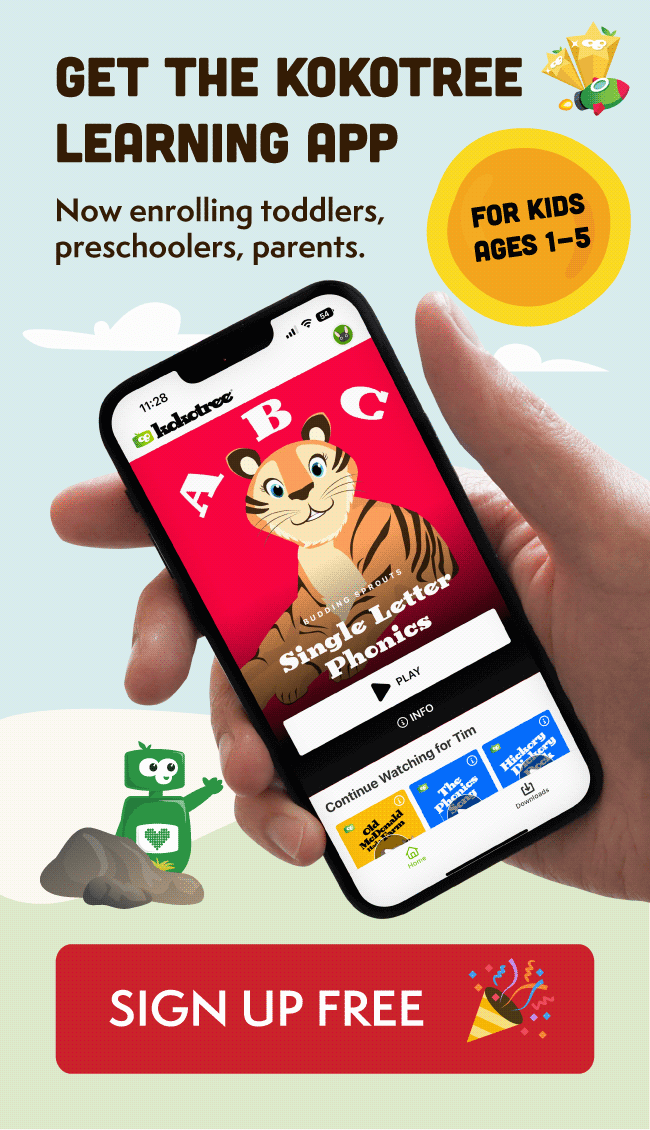

Are you a parent on the lookout for advice and guidance on phonics? You’ve come to the right place! In today’s blog post titled ‘What is a Phoneme in Phonics?’, we will delve into the world of phonemes, the smallest units of sound in a language that play a crucial role in learning to read and write. For example, the /p/ sound in ‘pat’ and the /b/ sound in ‘bat’ are phonemes, and understanding these sounds is fundamental for your child’s early literacy skills. We will discuss the importance of phonics instruction in helping learners identify and manipulate phonemes, ultimately improving their reading and spelling abilities. So, join us on this journey to help your child take confident strides in their language development journey!
A phoneme is the smallest unit of sound in a language that distinguishes one word from another. In phonics, learning to recognize and manipulate phonemes is crucial for developing reading and spelling skills. Phonemes are the basic building blocks of words, and understanding their sounds helps children decode written language more easily and accurately.
Phonemes are essential for early literacy development because they help children understand the connections between the letters they see and the sounds they hear. By learning to recognize and manipulate phonemes, children can decode written words more easily, enabling them to transform letters and letter combinations into the sounds that make up words.
To begin the journey of identifying phonemes in phonics, start by saying a word out loud and try to break it down into its individual sounds. For example, the word “cat” consists of three phonemes: /k/, /a/, and /t/. Remember, it’s crucial to focus on the sounds, not just the letters. Some letters in English convey multiple sounds, while other letter combinations represent a single sound.
In phonics, it’s beneficial to know that phonemes can be either consonants or vowels. Consonants often form the beginning or end of words, while vowels usually come in between. Each vowel has a short sound and a long sound, which often varies depending on its placement in words. When focusing on phoneme identification, be sure to pay close attention to both consonant and vowel sounds and how they differ in various contexts.
Two key techniques to teach children in phonics are blending and segmenting. Phoneme blending is the process of combining individual sounds to form complete words. This is important when learning to read, as children need to connect sounds together to make sense of written words. On the other hand, phoneme segmenting helps with spelling by separating words into their distinct sounds. By having a solid understanding of these techniques, your child can develop their reading and spelling skills with more confidence.
Incorporating fun games and activities can make learning phonics enjoyable and engaging for children. Try playing games like “I Spy” with phonemes, creating word families with similar sounds, or using letter tiles to form new words. Additionally, consider utilizing a learning app for kids, which can offer helpful resources, interactive games, and progress tracking, making phonics practice entertaining and educationally valuable.
Phoneme awareness, or the ability to hear, identify, and manipulate phonemes, is a critical component of reading fluency. By developing a strong foundation in phoneme awareness, children can become more proficient in decoding words and recognizing word patterns. This proficiency promotes reading fluency, as it enables children to read texts more smoothly and with greater comprehension. As a result, emphasis on phonemes in phonics instruction is vital in ensuring your child’s reading success.
Phonics instruction teaches children the systematic relationship between written letters and spoken sounds, equipping them with skills to decode and encode words effectively. This knowledge enables children to blend and segment phonemes, ultimately improving their reading and spelling abilities. A strong start in phonics can carry over into other aspects of language and learning, as children master increasingly complex texts and encounter new vocabulary.
To enhance phonics learning, consider the following tips to deliver effective and engaging instruction:
While learning phonics is an essential component of early literacy development, it’s crucial to recognize that not all children progress at the same rate. If you observe that your child is struggling with phoneme identification, blending, or segmenting, despite consistent practice, it might be helpful to consult with a literacy specialist or your child’s teacher. Early intervention and targeted support can make a considerable difference in your child’s success in reading and language development.
We understand that you may have some questions related to phonemes and phonics. To help you navigate this topic, we have compiled a list of frequently asked questions along with their answers.
A phoneme is the smallest unit of sound in a language, while a letter represents a written symbol of that sound. In phonics, letters and letter combinations correspond to specific phonemes to create the spoken words we recognize.
English has between 39 and 45 distinct phonemes, depending on the speaker’s accent and the specific analysis. These include approximately 24 consonant and 20 vowel sounds.
No, different languages have their own unique sets of phonemes, which is why some sounds may be easier or more difficult to pronounce depending on the speaker’s native language. The number of phonemes also varies across languages.
Yes, some words, like “a” or “I,” have just one phoneme. These words are often referred to as “short words” or “single-sound words.”
Digraphs are two letters that represent a single phoneme or sound, such as “ch” in “chicken” or “sh” in “shoe.” Diphthongs, on the other hand, are two adjacent vowel sounds that combine to create one, such as “oi” in “voice” or “ou” in “house.”
Minimal pairs are words differing by just one phoneme, like “pat” and “bat.” They are used in phonics instruction to emphasize the importance of individual phonemes in differentiating word meanings.
Phonics instruction can begin as early as preschool or kindergarten, but it’s crucial to first establish a strong foundation in phonemic awareness, letter recognition, and basic listening skills.
Yes, phonics instruction can be adapted for older children and adults who may need additional support in reading and spelling. It’s essential to tailor the instruction to the learner’s needs and abilities for optimal results.
Both whole language and phonics approaches have their merits, but a balanced literacy approach, which integrates both methods, is typically more effective. This approach allows children to learn sight words and reading strategies alongside phonics instruction, enhancing their overall reading development.
While phonics is an essential component of early literacy development, it is just one part of a comprehensive reading program. Other strategies, such as fluency practice, guided reading, vocabulary development, and comprehension exercises, also contribute to improved reading skills.
The timeframe varies for each child, as factors like age, exposure to language, consistency of instruction, and individual learning strengths come into play. A balanced approach to literacy, combining consistent phonics instruction with other reading strategies, usually leads to steady progress.
There is no one-size-fits-all answer, as the effectiveness of phonics programs may vary depending on individual learning styles, needs, and preferences. It’s essential to focus on a program that offers a structured, systematic, and multisensory approach to phonics learning for optimal results.
Consistently reinforcing phonics skills at home can significantly impact your child’s progress. Engage in regular reading sessions, play phonics games, and provide practical writing exercises to help your child apply their skills to everyday life. Using a learning app for kids can also offer helpful resources and interactive games to supplement instruction.




